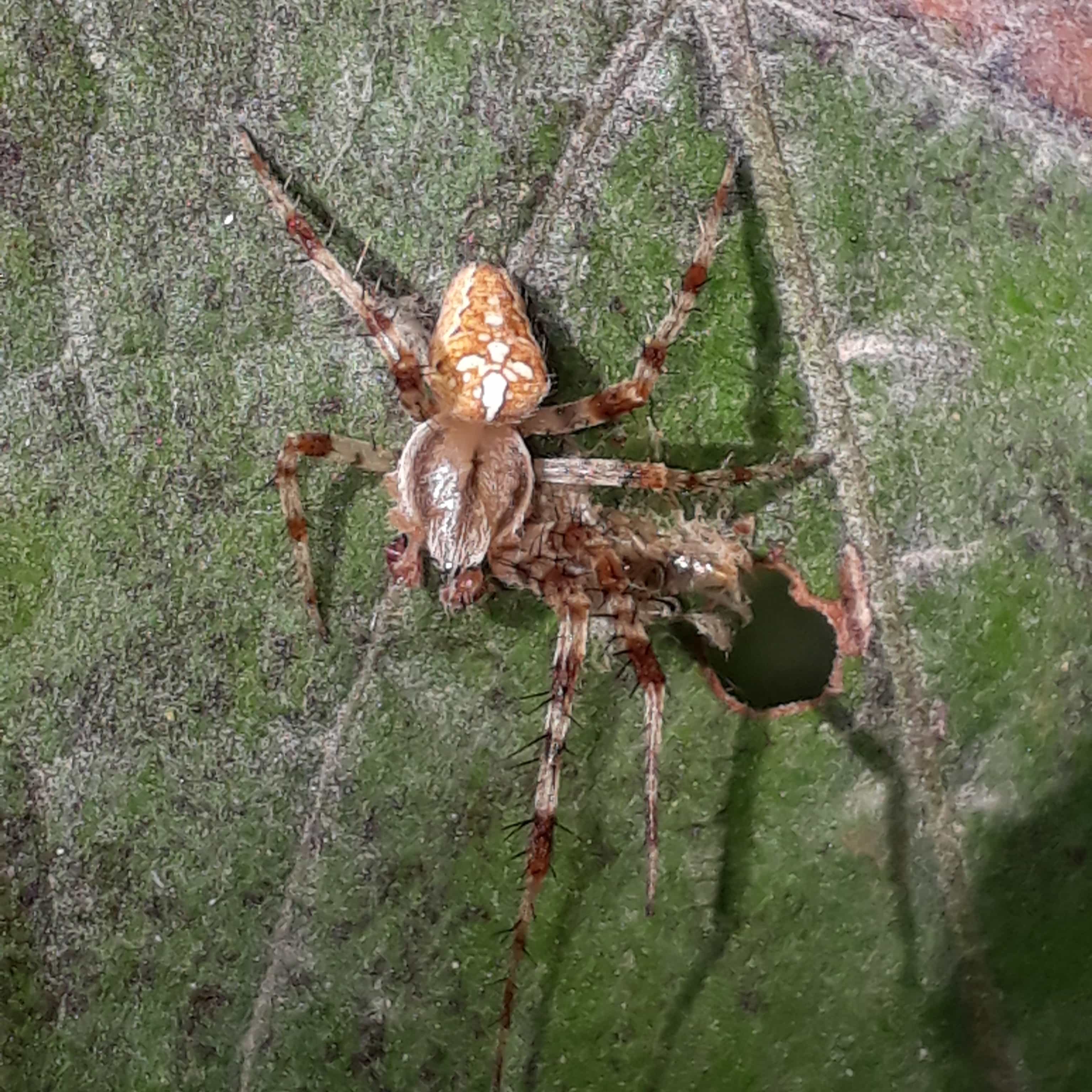
Male Araneus diadematus (Cross Orbweaver) in Konya / Çumra, Turkey
Cross Spider, Cross Orbweaver, European Garden Spider Synonyms and other taxonomic changes See the World Spider Catalog. Size Body length adult female: 6-20mm. Body length adult male: 6-13mm. Identification The dorsal, white cross on the abdomen can typically be diagnostic: There is also an atypical variation that does not have the cross.
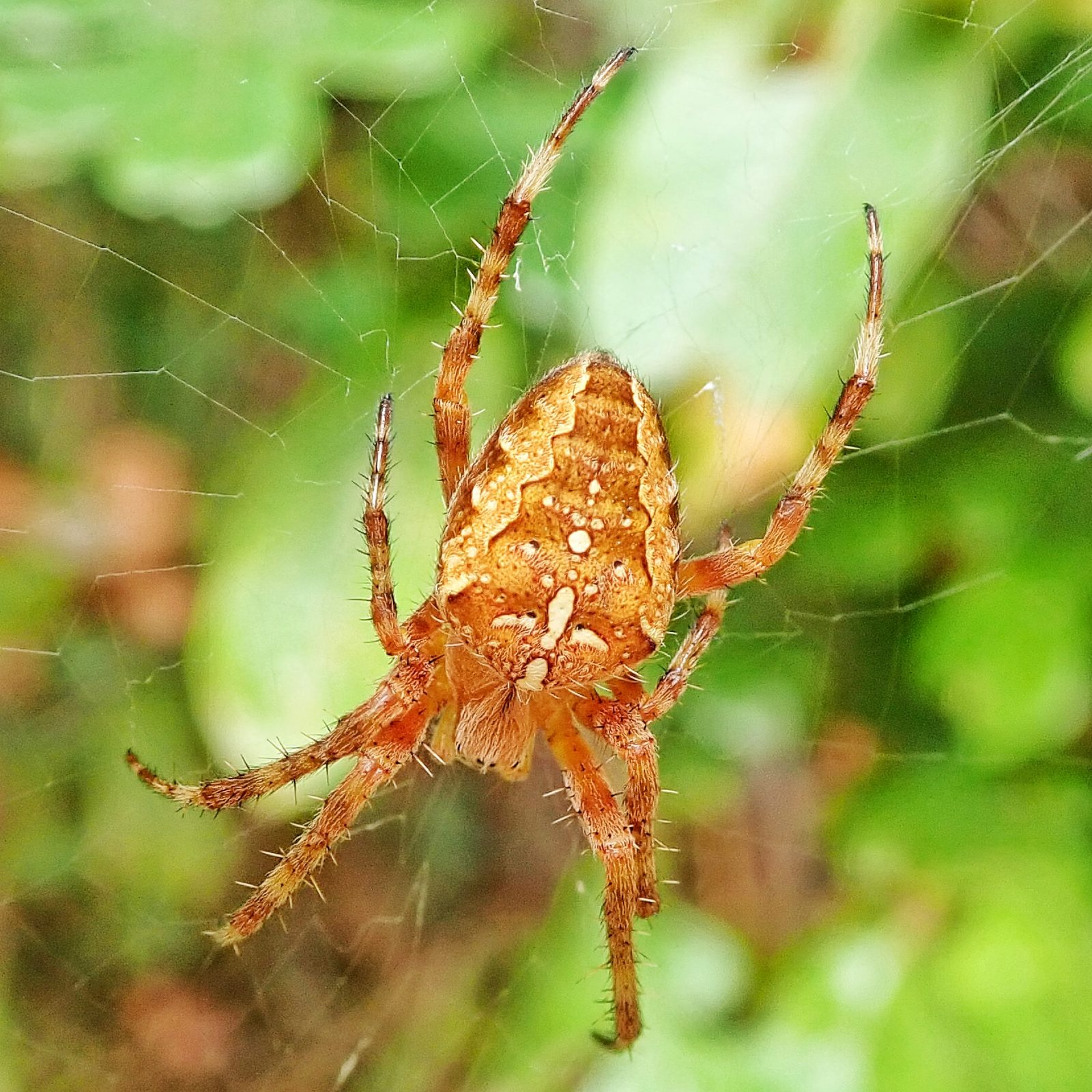
Cross Orbweaver 10,000 Things of the Pacific Northwest
After hatching, young spiders stay together for a while. This is the time when you can spot the typical ball of spiders. When disturbed, the sphere seems to explode and the young spiders flee in all directions. Latin name: Araneus diadematus German name: Gartenkreuzspinne Web: Large orb web Habitat: Web is constructed in shrubs, tall grasses.
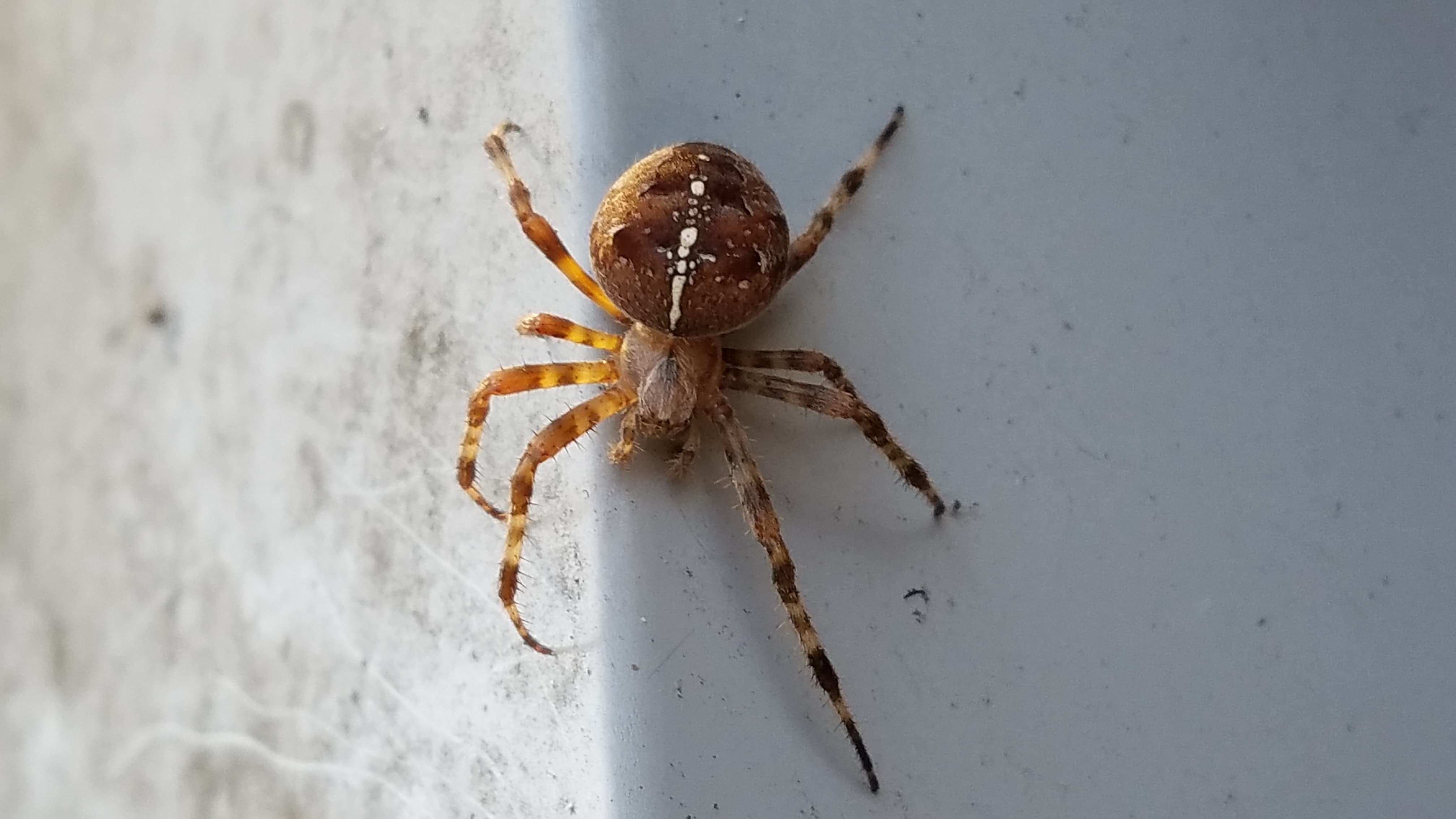
Araneus diadematus (Cross Orbweaver) in Surrey, British Columbia Canada
The Cross orb-weaver spider is a shy creature that only bites people if they corner or threaten it. To protect itself, this spider will shake rapidly in its web until it becomes a blur - an action meant to confuse would-be predators. European garden spider, diadem spider, orangie, cross spider and crowned orb weaver (Araneus diadematus).
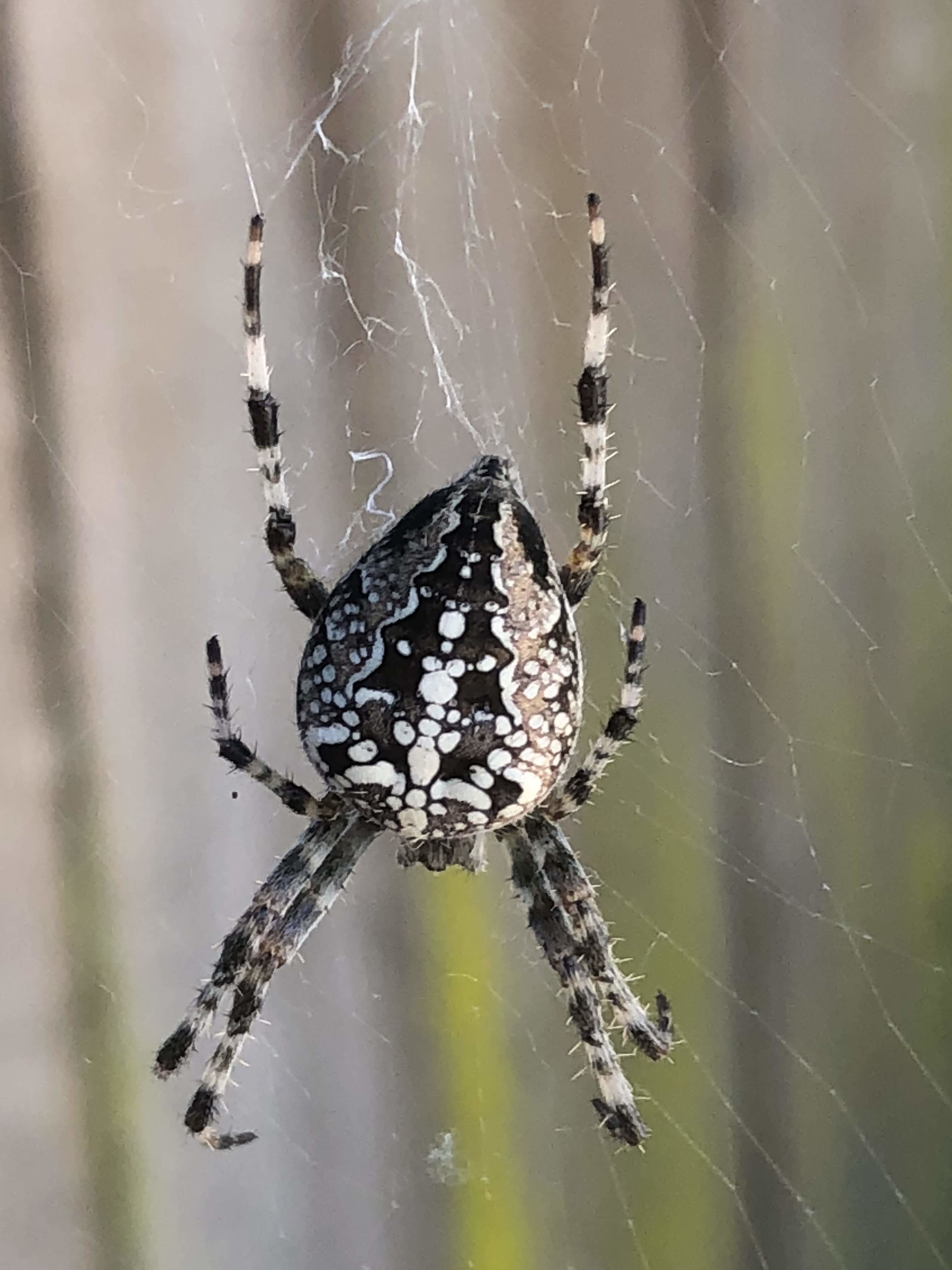
Araneus diadematus (Cross Orbweaver) in Novato, California United States
This common spider, the cross orb weaver ( Araneus diadematus ), is a true domestic spider, meaning that it is very closely tied to humans by being associated with buildings, gardens and agricultural fields. This orb weaver has a beautiful cross on its body (hence the name) and builds a large, orb-shaped web.

Cross Orb Weaver (Araneus diadematus) Curbstone Valley
Description: The Cross Spider or Garden Spider is a very common and well-known orb-weaver spider in Western Europe. Individual spiders can range from light yellow, to orange-brown or dark grey, but all European garden spiders have mottled markings across the back with five or more large white dots forming a cross.
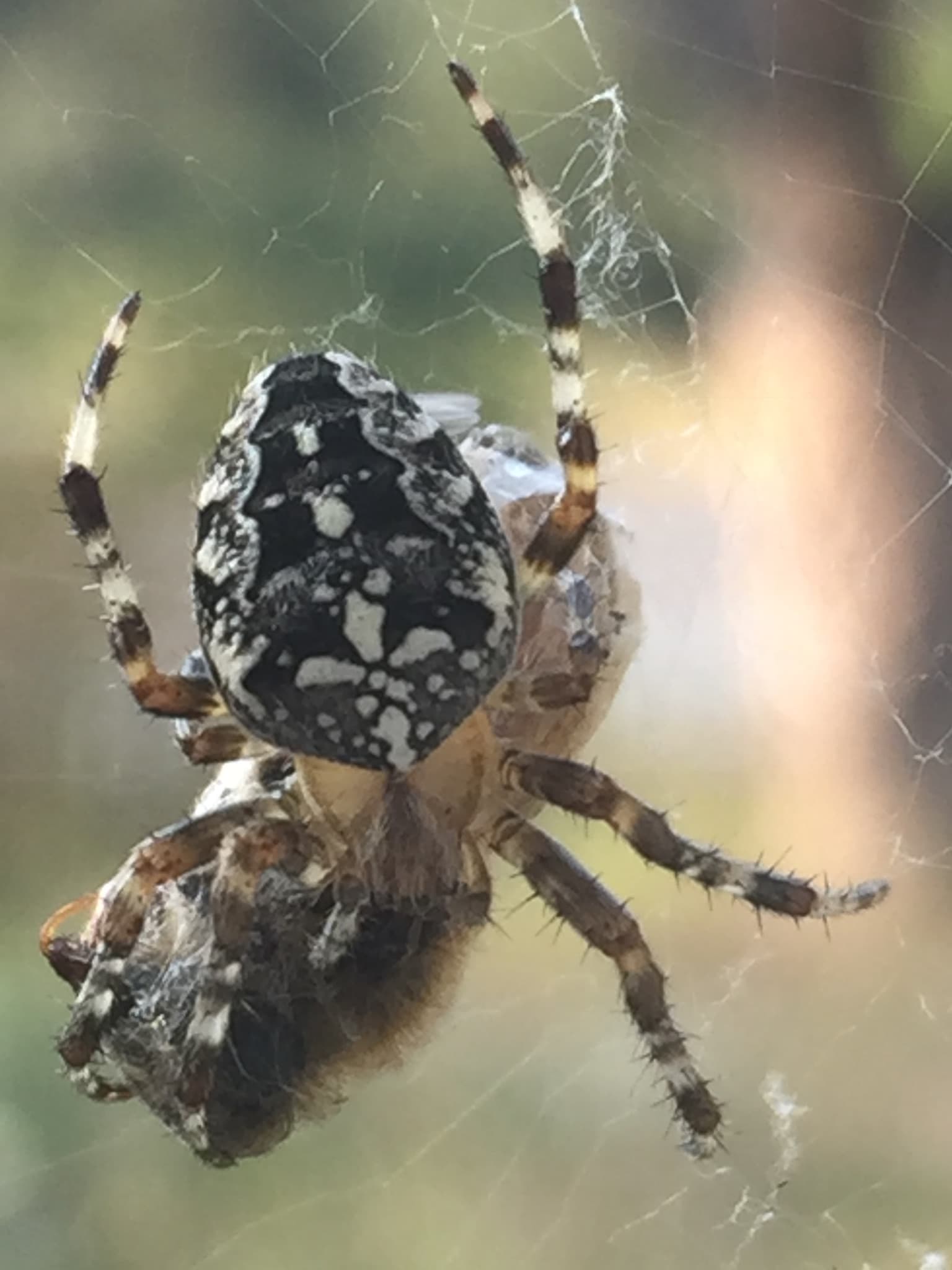
Araneus diadematus (Cross Orbweaver) in Estacada, Oregon United States
The spider family Araneidae, commonly known as Orb-weavers, have been sighted 2050 times by contributing members. Based on collected data, the geographic range for Araneidae includes 82 countries and 49 states in the United States. Araneidae is most often sighted outdoors, and during the month of October. Overview.
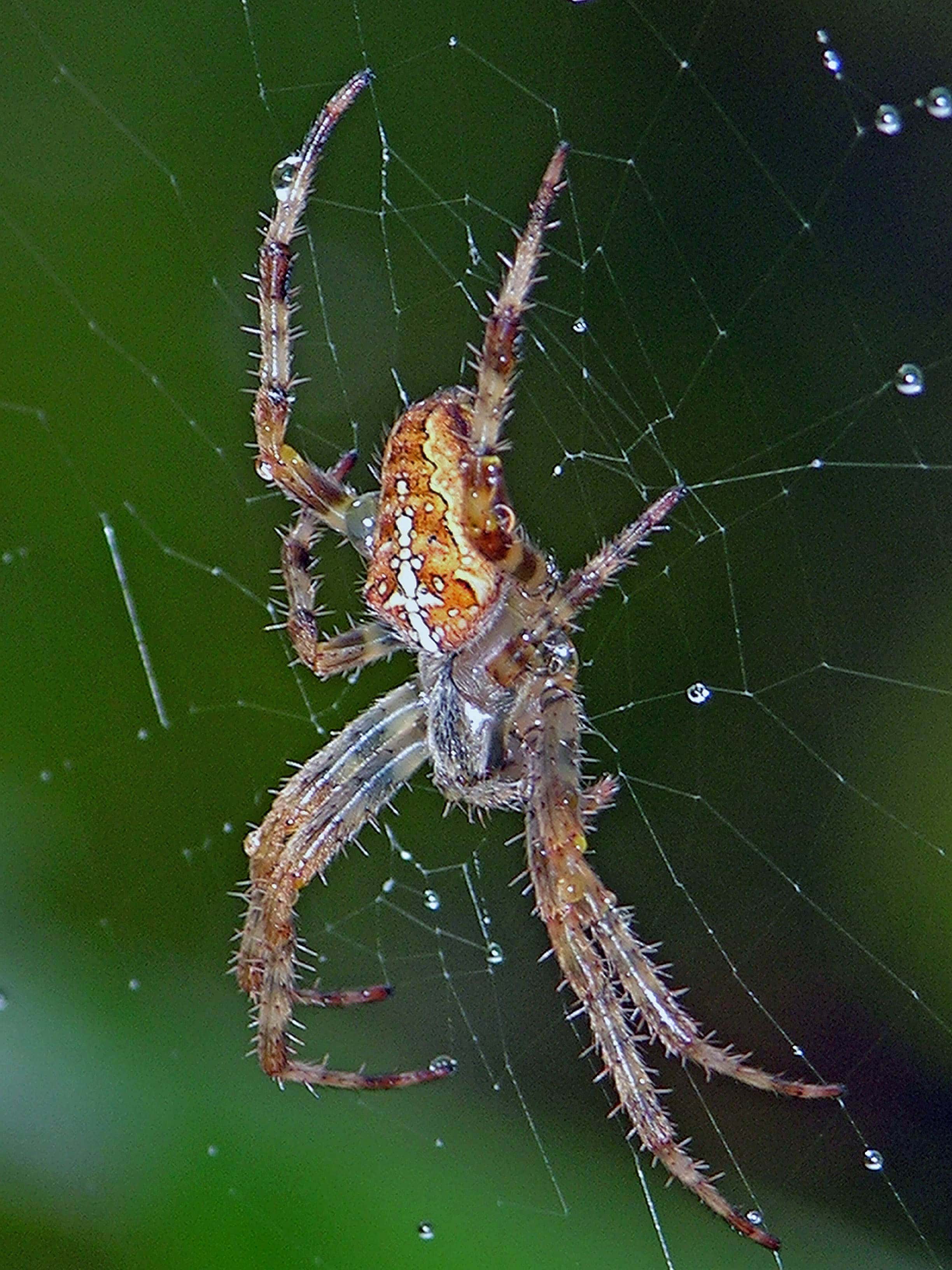
Female Araneus diadematus (Cross Orbweaver) in Sooke (Vancouver Island), British Columbia Canada
The spider species Araneus diadematus, commonly known as Cross Orb-weaver, belongs to the genus Araneus, in the family Araneidae. Araneus diadematus spiders have been sighted 169 times by contributing members. Based on collected data, the geographic range for Araneus diadematus includes 14 countries and 16 states in the United States.
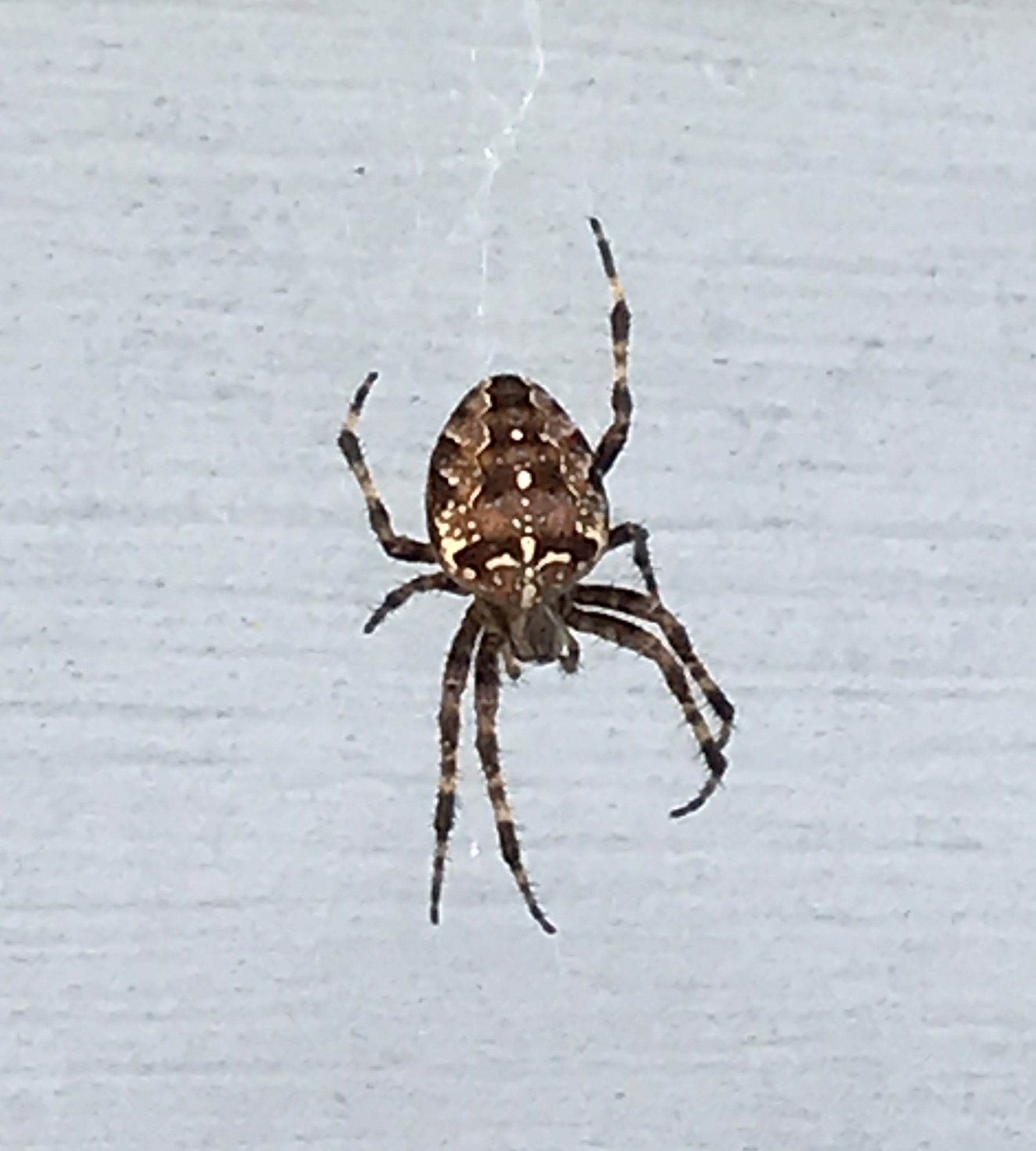
Araneus diadematus (Cross Orbweaver) in London , Ontario Canada
Araneus diadematus, also called the European garden spider or the cross spider is an orb weaver spider with an iconic white cross on its body. It is found in every US state and across Europe. The European garden spider is one of the more interesting spiders to watch.
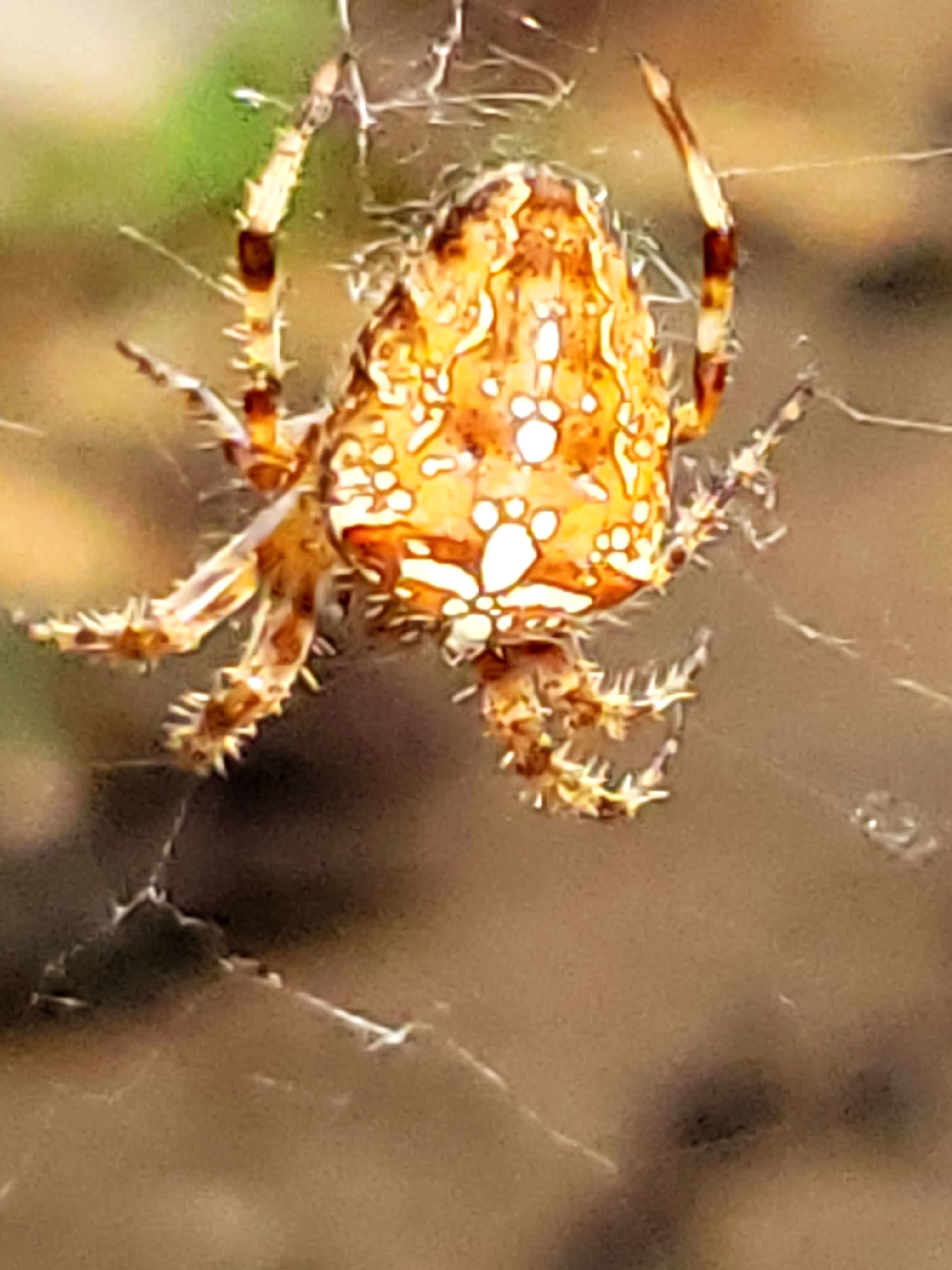
Araneus diadematus (Cross Orbweaver) in Rolling Meadows , Illinois United States
Map About Taxonomy Status Similar Species Source: Wikipedia The spider species Araneus diadematus is commonly called the European garden spider, diadem spider, cross spider and crowned orb weaver. It is sometimes called the pumpkin spider, although this name is also used for a different species, Araneus marmoreus.

Araneus diadematus (Cross Orbweaver) in Ellsworth, Maine United States
Cross orb weavers, like others of their kind, are generally harmless to humans and prefer to retreat when disturbed. Getting bitten by one is comparable to experiencing a tiny pinch. While orb weaver spiders are generally harmless and beneficial to the ecosystem by controlling insect populations, there are occasions when some may want to get.
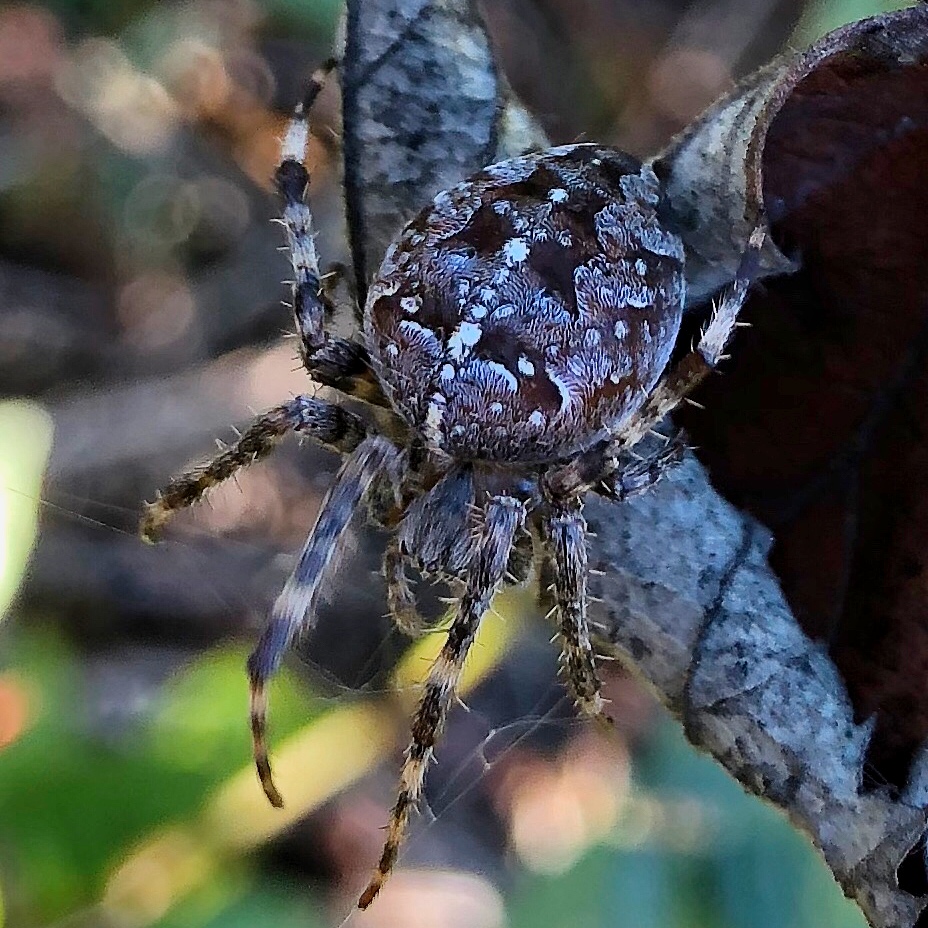
Araneus diadematus (Cross Orbweaver) 10,000 Things of the Pacific Northwest
Cross Orb Weaver (Araneus diadematus) Did you know the Cross Orb Weaver spider comes from Europe and North America? Their legs are super cool because they can spin special round webs. That's why they're called Orb Weavers! They came to the United States from several places in Europe. Published by Dr. James Watuwa on February 14, 2019.

Get to know the cross orb weaver Discovery Place Nature
The cross orbweaver was probably introduced from Europe, where it has been studied at some length. While a showy orbweaver, it is commonly encountered on or next to buildings with exterior lighting, including lighted stairwells of structures in more rural settings.

Cross Orbweaver Spiders of Nova Scotia) · iNaturalist
Araneus diadematus is commonly called the European garden spidercross orbweaverdiadem spider, cross spider, and crowned orb weaver. It is sometimes called the pumpkin spider, [2] although this name is also used for a different species, Araneus marmoreus It is an orb-weaver spider found in Europe, where it is native, and North America, where it.
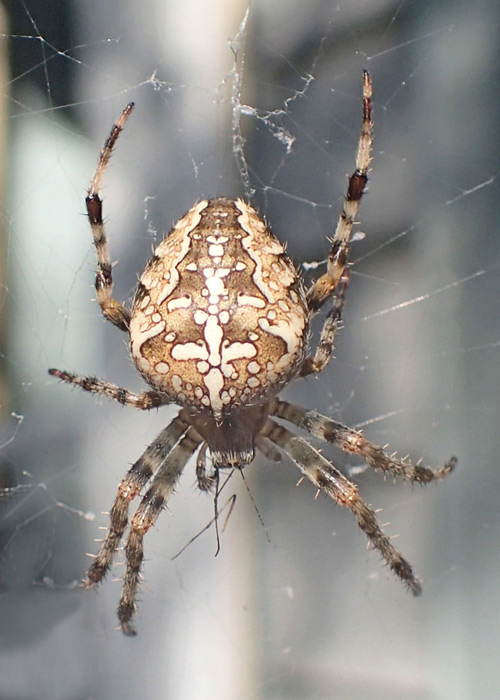
Cross Orbweaver Spider Field Station
Habitat Orb weavers are known to live around the world. There are almost 4.000 worldwide species of orb weaver spiders. They are found in tall grass, short grass, shrubs, woodlands, and even in coastal areas. Orb weavers are also common in the US. Types of Orb Weavers 1. Yellow Garden Spider Yellow Garden Spider Scientific name: Argiope aurantia
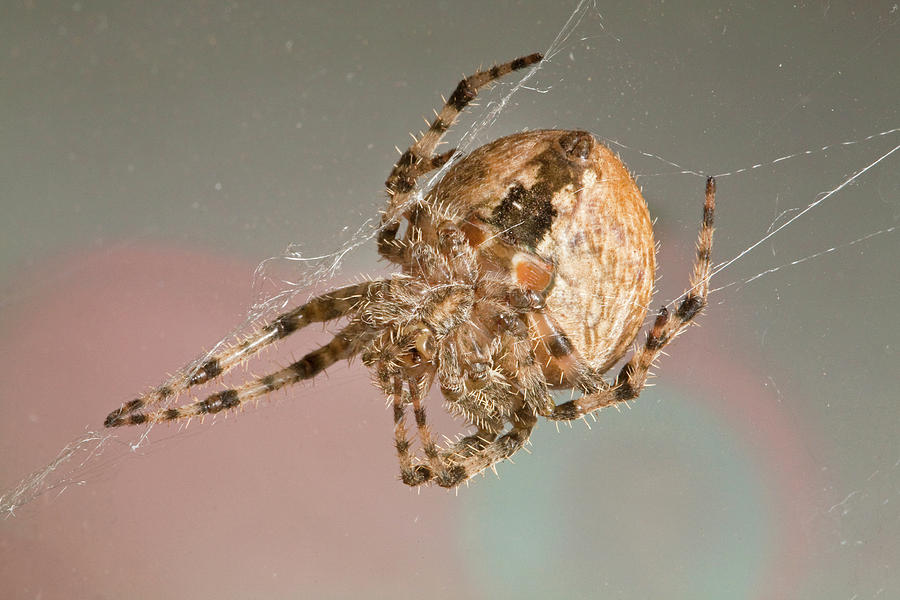
Cross Orb Weaver Spider, Araneus diadematus Photograph by Buddy Mays Pixels
These eye-catching little beasts go by many names, including "Cross Orb-Weaver," "European Garden Spider," and "Pumpkin Spider," among others, 1,2 but their proper scientific name is Araneus diadematus.

Cross Orb Weaver Canon EOS 60D EF100mm f/2.8 Macro USM Can… Flickr
Originally from Europe, the Cross Orbweaver Spider was transported to North America and has settled in nicely thanks to similar climates and habitats. Unlike other non-native species, this exotic addition is not a considered a pest or a threat to indigenous spider populations. It is not harmful to humans either.